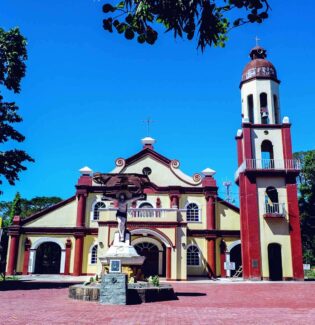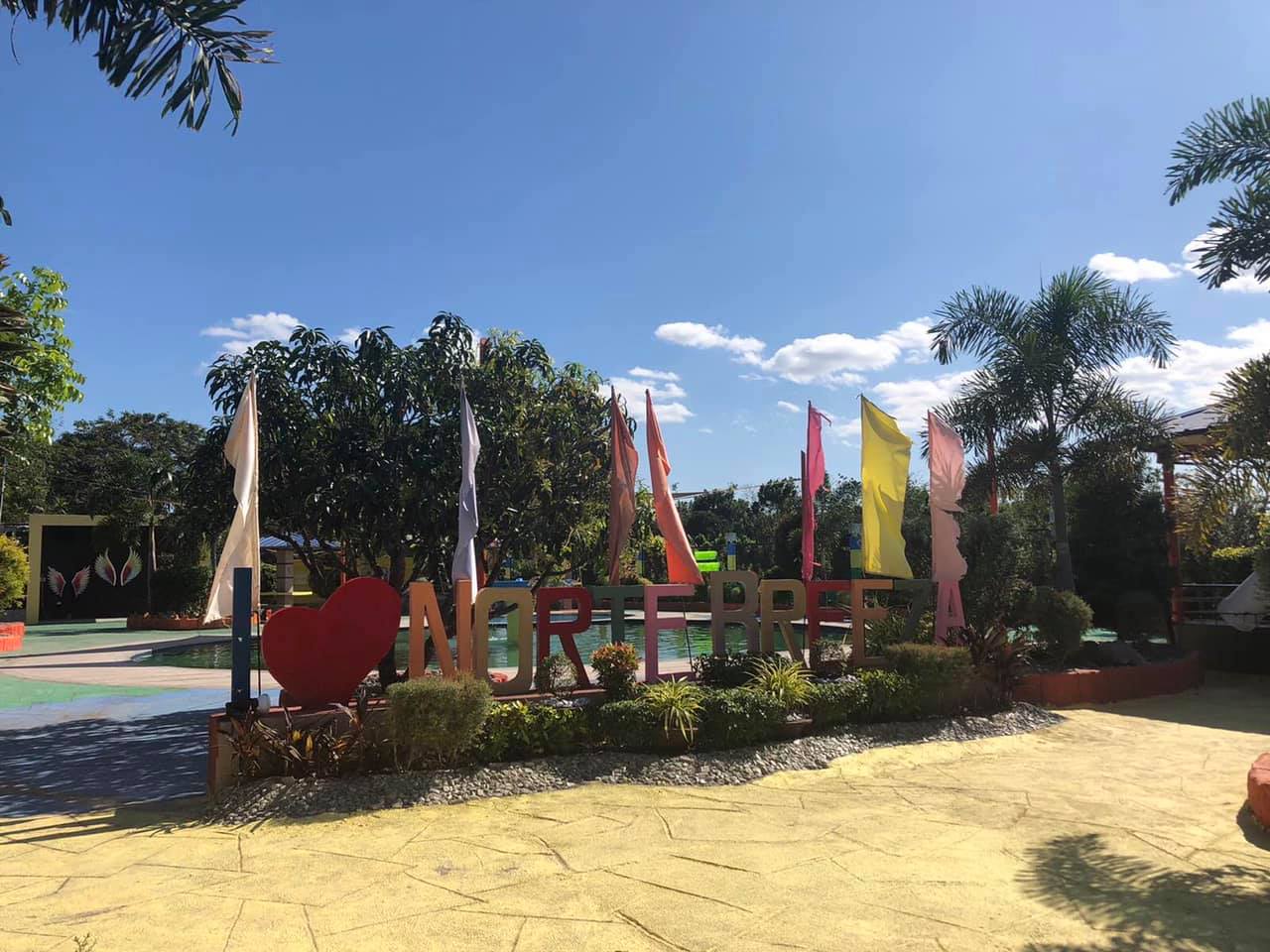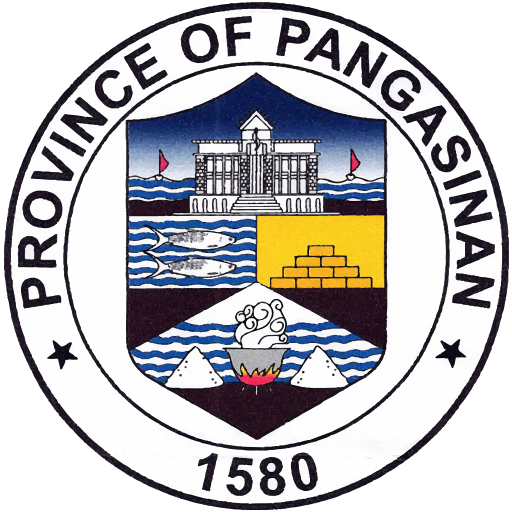Asingan
The old folks of the town vividly recall the story of a fierce woman chieftain who ruled a wilderness along a stream east of the present site of the town proper of Asingan. The kingdom was in a place called Masicampo. Chiefs of neighboring villages feared her and never dared to invade her territory.
When the Malays immigrated to the Philippines, some of whom reached Pangasinan, the kingdom was razed to the ground. The Malays forced the Aeta warriors led by their woman chieftain to abandon their stronghold and to retreat to the hills on the east of the sitio now called Binmatay. In one of the encounters between the Malay settlers and Aeta warriors, the woman chieftain was slain. The Aetas fled to the eastern part of the Sierra Madre Mountains where their descendants still live today.
When the Spaniards came to the village, they found the inhabitants to be very hostile or “naasing” in the Ilocano dialect. With this antagonistic attitude, the Spaniards named the locality “Villa De Asingan”, meaning, the town of the hostile. Later, it was shortened to “Asingan”.
A Spanish Royal Decree issued in 1782 created the Municipality of Asingan.
Contact Information
Tourism Officer: Mr. Michael C. Soliven
Contact Number: 563-2932 | 0917 717 7909




